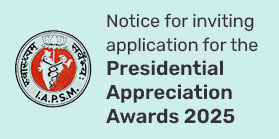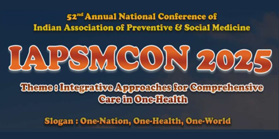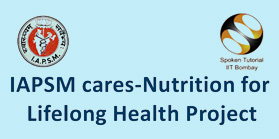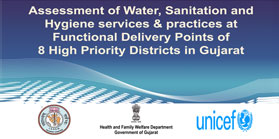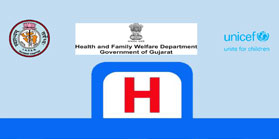Functions
Community Medicine is developed as a specialist discipline of medicine which acts as a link between health services and Clinical science. It is multidisciplinary specialist but underlying major specialist skills are epidemiology and management theory and practice.
The functions of Community Medicine Specialist are as below:
- Assessment of health conditions and needs of community;
- Identifying the direct and indirect determinates of health conditions.
- Planning of services to meet needs;
- Promotion of health, including health education;
- Measuring the effectiveness of health care services and promoting improvements;
- Promotion of research and development into health care services;
- Integration of health services and their co-ordination with other services, particularly the relevant services provided by local government;
- Provision of medical advice and services to other bodies, including local government authorities responsible for environmental hygiene and the control of communicable disease.



